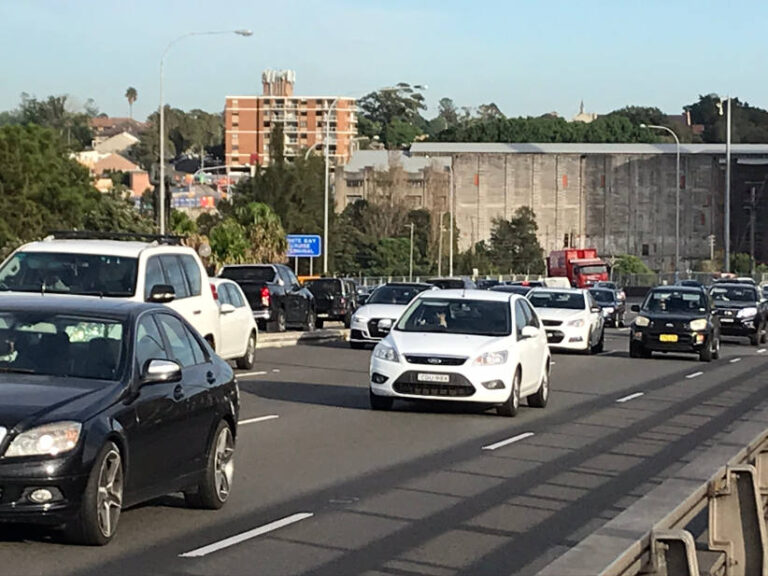Following the UK Government’s announcement on 23 March that people must stay at home, traffic on the UK’s road network has reduced drastically. However, there have been growing reports of speeding on the quieter roads and motorways across the UK.
Since the lockdown, the Metropolitan Police has seen speeding become its biggest road safety challenge in London. The Met has seen the average speed of drivers increase in all speed zones and recently launched a new team to counter dangerous driving.
Thatcham Research’s Director of Research, Matthew Avery said, “It’s much easier for drivers to underestimate their speed when the roads are empty and there are fewer cars to measure their own speed against.”
“Although quieter roads might seem less risky, the dangers are still very real. Pedestrians and cyclists are out in greater number, and they too might be walking or riding less defensively than they would usually, because of the reduction in traffic.”
Five reasons to resist the temptation to speed
- High speeds make it easier to misjudge the road. If you’re speeding on a road which is normally busy, you may underestimate bends, parked cars or other pinch points.
- Reduced reaction times – the typical stopping distance when you’re travelling at 70mph can be as much as 96 metres. And vulnerable road users also have less time to hear and react when you’re driving beyond the limit.
- A false sense of security – quieter roads could lull you into ‘autopilot’ driving mode where you’re not concentrating fully, making it harder to ‘come back into the loop’ and act decisively should something happen.
- Safety isn’t the only reason to avoid speeding. Having an accident during lockdown creates an unnecessary drain on the police and the NHS. It could also take a long while for your car to be repaired post-accident – a number of garages are closed due to Covid-19, while it is taking longer for car parts to make their way into and around the country due to restrictions on travel and distribution.
- If other drivers are speeding, it can make driving at the limit feel disproportionately slow. But going just a little bit quicker can have a devastating impact – hitting a pedestrian at 40mph, gives them a 10% chance of surviving. If you hit a pedestrian at 30mph, their chance of survival increases to 80%.
“Everyone is pulling together and making a concerted effort to do what’s right during the pandemic,” comments Avery. “Most drivers don’t set out to break the speed limit but can find that their speed gradually creeps round the dial. However, this is dangerous not only for the driver, but also for other road users – many of whom are key workers travelling to fulfil essential roles.”
Intelligent Speed Assistance
Most new cars come with Intelligent Speed Assistance (ISA) systems fitted as standard. These systems can be a very useful aid to drivers, comments Avery: “Many drivers find identifying when to change from one speed limit to another difficult and distracting, and with fewer cars to follow as a yardstick for their own speed, drivers can unwittingly break the limit. In this respect, Intelligent Speed Assistance systems can help to keep drivers safe and legal. If you have one, it’s well worth engaging the system before you set out for a journey during lockdown.”
Euro NCAP has tested manual speed limiters since 2009 and has long promoted their fitment to new cars; in 2018 manually set ISA systems became a requirement of the five-star Euro NCAP safety rating.
ISA systems use a combination of cameras to read speed signs and GPS mapping to inform the driver of the present limit. Depending on the system fitted, they can issue a warning to the driver when the car’s speed is above the set threshold, actively prevent the car from exceeding the set speed and advise the driver of upcoming limits.
Avery continues, “It’s important to clarify that these systems are overridable, allowing the driver to accelerate beyond the limit if required to do so. And although they can be switched off, using ISA could not only be helpful but it can also save lives.”







